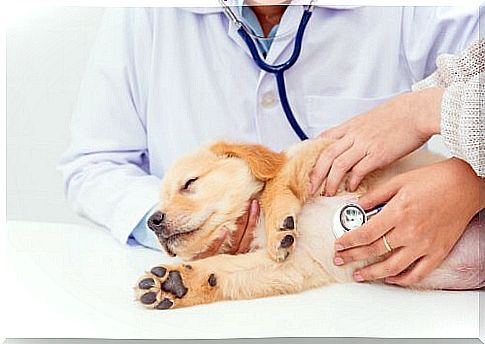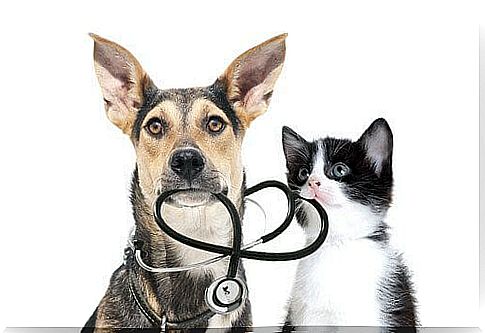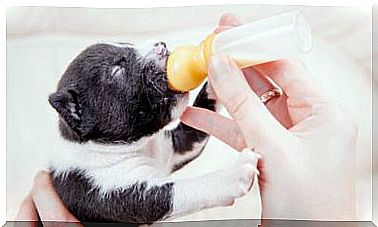How Does Pet Checkup Work?

Just as people need a good diet, exercise, and a regular medical check-up to take care of their health, so do pets. Whether it’s puppies or elderly dogs, getting an annual check-up is vital to preventing and detecting disease.
An early prognosis, above all, guarantees a simpler treatment, a faster recovery and a saving on veterinary expenses. For these reasons, it is important not to forget about our pets’ veterinary consultation and check-up every year.
But what are these check-ups like? What does the veterinarian do during the consultation? Information about what to expect from a veterinarian appointment prepares both the owner and the pet.
What is it like and what is done during your pet’s check-up?
The first thing the vet will do is to carefully examine the pet from head to tail. Examine the inside of the ears, teeth, feet. With a stethoscope, you will hear your heartbeat and check your respiratory rate.
The specialist measures and weighs the animal and looks for nodules around the neck, muscles and abdomen, checks for signs of pain or inflammation in these places, and also places a thermometer in your pet’s anus to measure the temperature. Then check your pet’s attention span and observe how it walks and sits.
Finally, the veterinarian checks that the vaccination book is up to date. In case you find any signs and symptoms of illness during the check-up, the veterinarian will order specific blood and urine tests.

On occasion, it will be necessary to perform an X-ray, ultrasound, or electrocardiogram on the pet. During check-up, the veterinarian will ask owners specific questions about their pets’ habits.
For example, it will ask you how your bowel movements are or if there are any strange behaviors that attract attention. It’s the right time to expose any doubts and concerns about your pet’s health.
How often should you get your pet checked up?
During the first year of a pet’s life, visits to the vet will be frequent. A few days after he arrives at your house, you should make an appointment with your veterinarian. The puppy check-up includes a thorough checkup to rule out possible congenital disorders. The first vaccinations will be given and the following ones will be planned.
As a preventive measure, the animal will be dewormed and, if necessary, a fecal analysis will be performed. The veterinarian will also advise owners on proper education and feeding for each stage of the puppy.
The same is true for older animals. Visits to the doctor should be more frequent after the tenth year of life. Among other things, because their defenses lower, they become more vulnerable – and need to be vaccinated again.
If your pet comes from a shelter or pet store, it’s best to have a full medical checkup. As these animals were in contact with many other animals, it is best to eliminate any signs of acquired or congenital disease.

In the case of adult animals, which have already completed the vaccination, an annual visit to the veterinarian is recommended. If urinary problems are observed in the animal, excessive exhaustion, fatigue or even poor digestion, it is advisable to visit the veterinary clinic as soon as possible.
How to prepare your pet for a checkup?
No pet likes visiting the vet, this is something that often creates nervousness. First, because they leave the familiar environment. Afterwards, because at the clinic he will see objects unknown to him, which produce insecurity and fear.
Taking your pet for a check-up can be very stressful for both pets and owners. Therefore, it is recommended to use a transport box , especially if it is a feline.
If it’s the dog that goes to the vet, you’ll have to take him on a leash. In this way, the animal can be contained and this will prevent it from escaping or from trying to attack other animals within the clinic.
To provide more peace of mind, the owner must be calm. Animals notice nervousness, so the owner should speak to the animal in a soft but firm voice. Continuous caresses also help.








